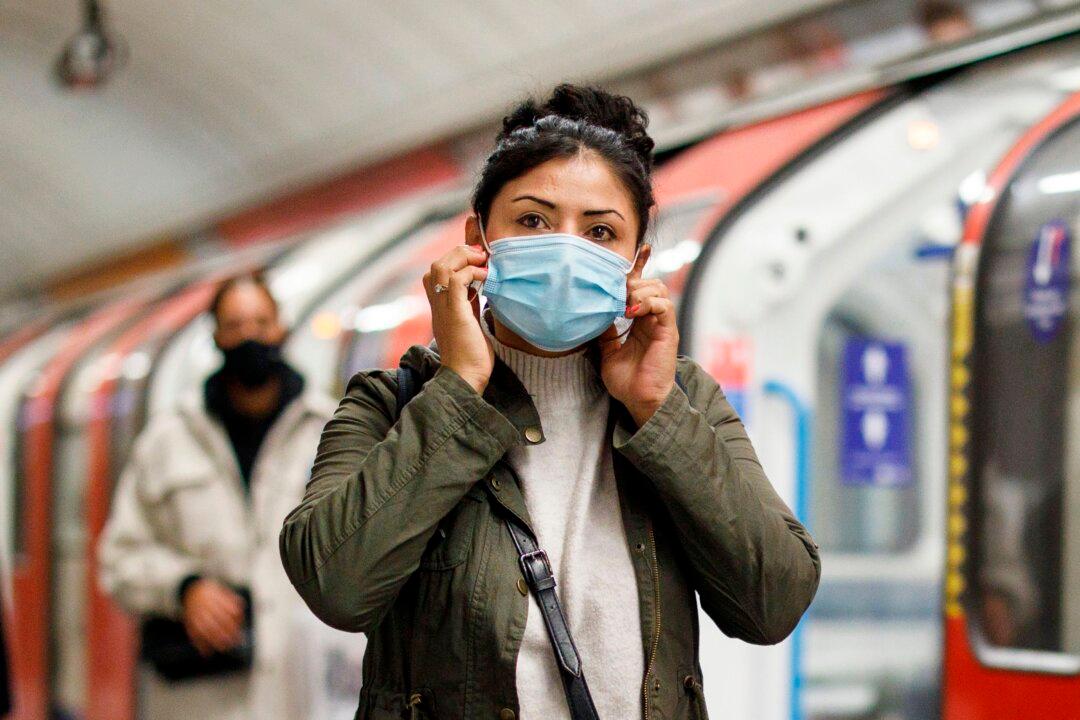Over one in fifty people in London had the CCP virus last week as the new variant became predominant in the surrounding corner of southeast England, according to the latest official national large-scale swab survey.
The latest data from the UK Office for National Statistics show that infection rates rising past the peak in November when England was put into a month-long lockdown.





